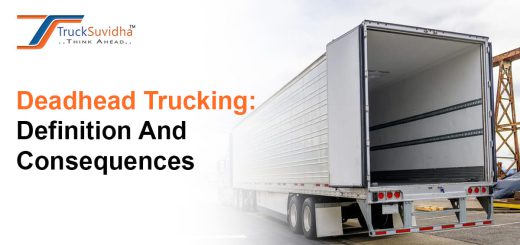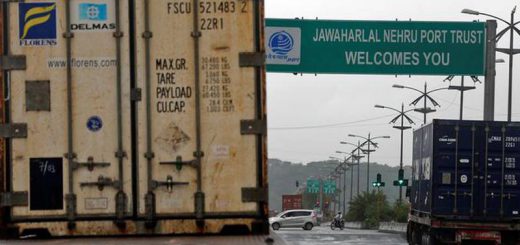Axle load new norms to alter CV landscape
The current laws have been in vogue for a good 35 years. The maximum allowable axle load and gross vehicle weight (GVW) of commercial vehicles were notified in 1983, based on the recommendations of a committee set up for the purpose.
New Delhi: The new norms on axle load, expected to be announced by the government soon, will alter the landscape for commercial vehicles(CVs) in the country, according to a report by Crisil.
The current laws have been in vogue for a good 35 years. The maximum allowable axle load and gross vehicle weight (GVW) of commercial vehicles were notified in 1983, based on the recommendations of a committee set up for the purpose.
These were reconfirmed in 1996. The recent stringency on overloading has led to an increase in the cost per tonne of sand, stones and other construction material, which is hindering implementation of projects the government is keen to fast-track going into the election year.
Contractors who had bid for the contracts – especially in affordable housing and road construction – keeping certain rates for these commodities in mind, are finding it difficult to execute the projects. In view of these concerns, the government is believed to be contemplating new axle norms.
As per media reports, the maximum axle load could be increased by as much as 20-25%. This would bring India’s permissible truck axle load limits to levels prevalent in developed nations.
This will have a visible impact in interstate movement, which accounts for the bulk of primary freight and where overloading is limited. A 20-25% increase in freight carrying capacity would be equivalent to three years of incremental freight demand.
The other impact would be Spot freight rates would soften. Large fleet operators, carrying dense bulk commodities, would be able to carry more freight, improving their margins. Contractual freight rates would remain resilient until the contracts are renegotiated the logistics costs of most companies will come off.
This would be positive for infrastructure projects as moving construction material to project sites would turn cheaper. Small fleet operators would be impacted as efficiency gains from being able to carry more rated load per trip would be passed on through lower spot rates. Besides, the increase in the freight capacity would be less meaningful for intra-state movement where overloading is prevalent – much more than in inter-state movement.
In select states in the north and the east, for instance, the move is only expected to make the current overloading legal. Thus there would be limited benefit for small fleet operators – it would, in fact, reduce their competitiveness, according to the Crisil report.
Source: https://auto.economictimes.indiatimes.com/news/commercial-vehicle/mhcv/new-axle-load-norms-to-alter-cv-landscape-crisil/64947688





Recent Comments